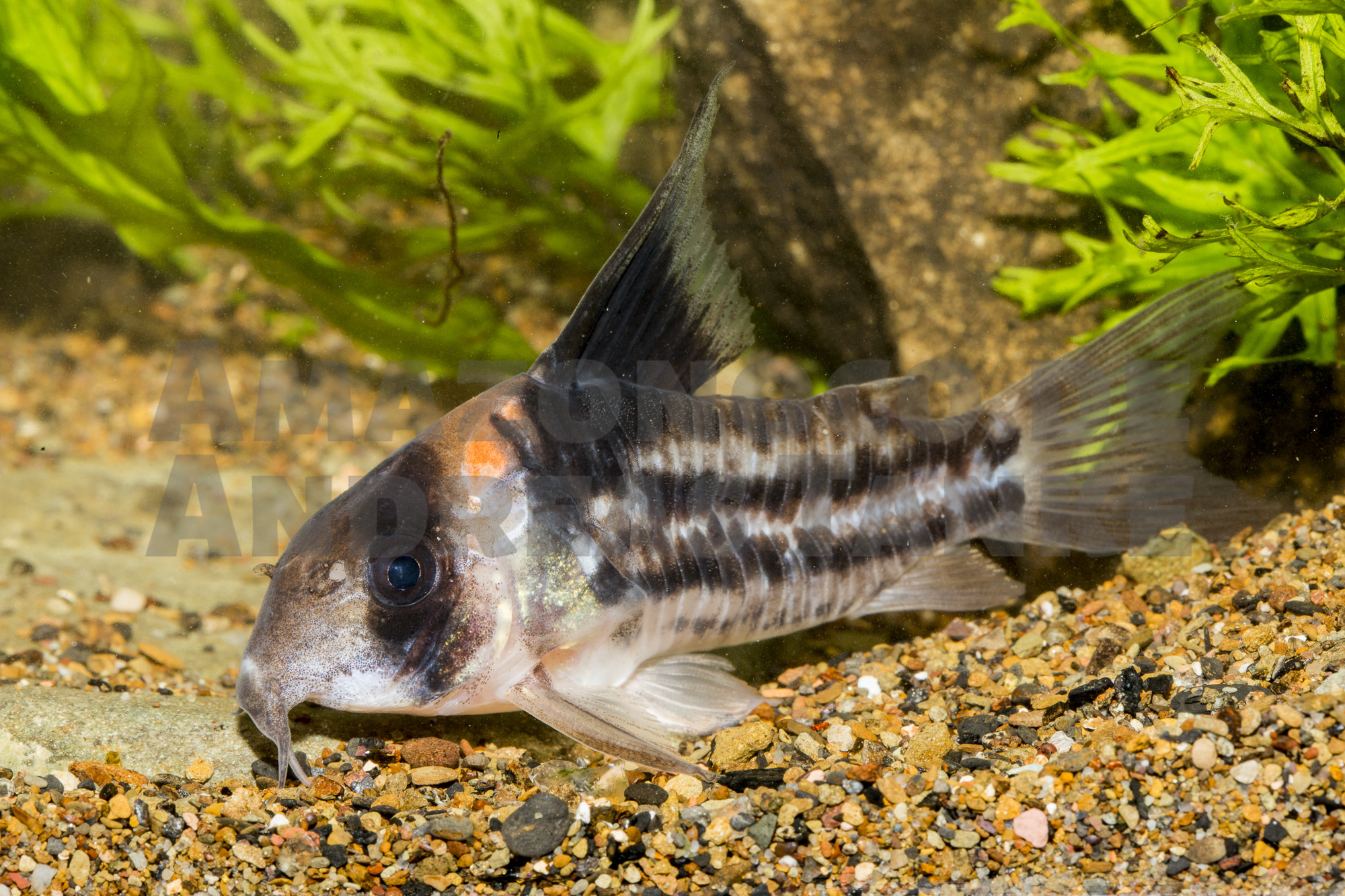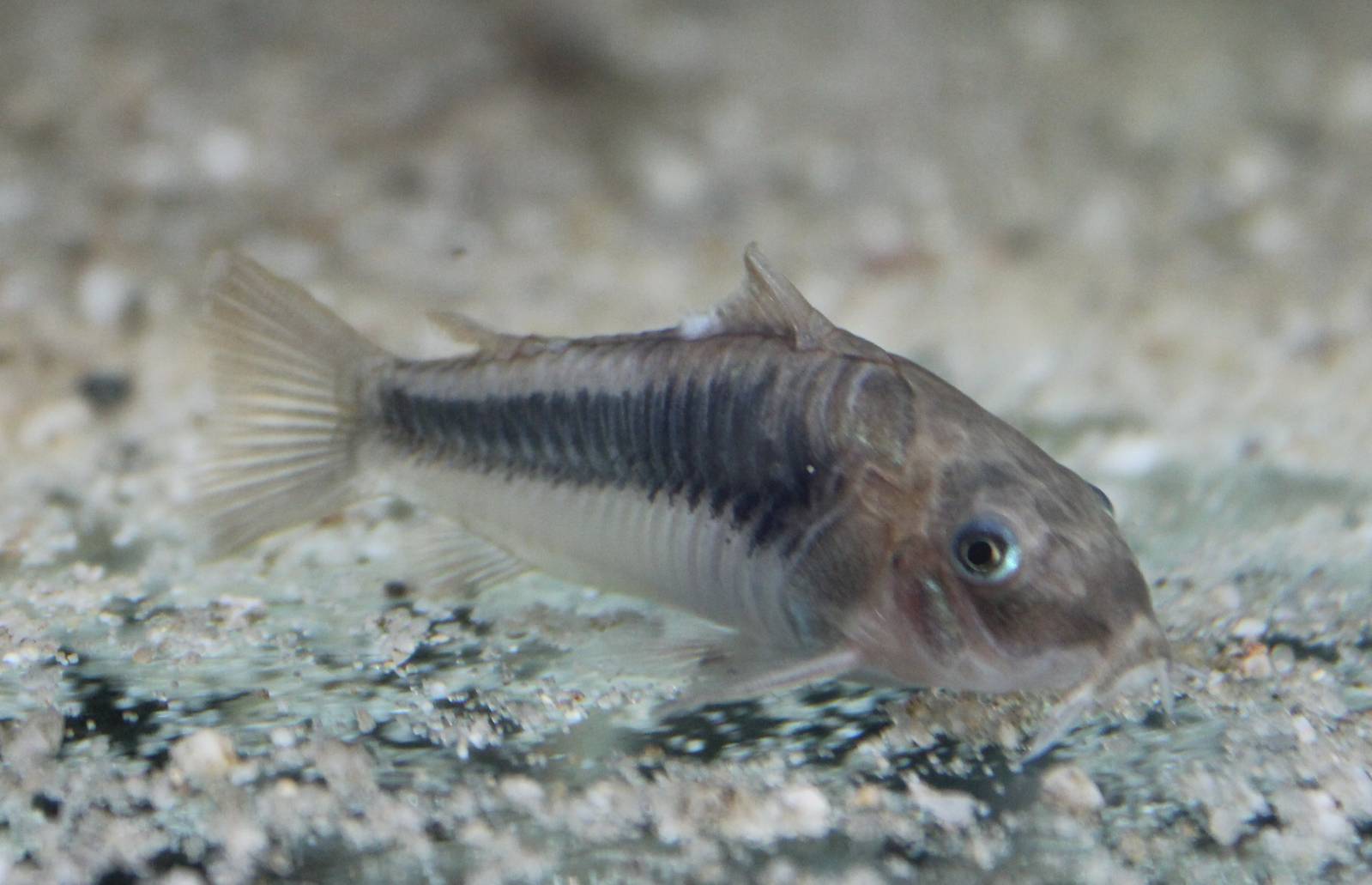Corydoras Cave
Corydoras fish are fascinating creatures that come in different species with varying characteristics and peculiarities. One habitat that corydoras fish require to live and thrive is a cave. A corydoras cave is a specific kind of fish tank feature that meets the unique requirements of these fishes. In this article, we will delve into everything you need to know about corydoras cave and how it can enhance the living conditions of your corydoras fish.
Pain Points Related to Corydoras Cave
Corydoras fish love to have a hiding spot, and a corydoras cave provides just that. Without a cave, they can become stressed and easily agitated. Stress can lead to a weakened immune system, making them more susceptible to diseases and infections. This is why providing a corydoras cave is essential for their wellbeing.
The Target of Corydoras Cave
The target of a corydoras cave is to provide an environment that mimics their natural habitat, allowing them to feel safe, secure, and stress-free. Though corydoras fish are active during the day, they tend to be most active at night when they explore, feed and mate. Having a corydoras cave gives them a secure place to retreat to rest during the day and sleep at night, helping them to stay healthy and happy.
Summary of the Main Points About Corydoras Cave
A corydoras cave is a crucial component of a corydoras fish tank and generally improves their living conditions. A corydoras fish requires a hiding spot to stay healthy and stress-free. A corydoras cave mimics their natural habitat and provides a secure place to rest and sleep. Stress-free corydoras fish tend to have a stronger immune system and are less susceptible to diseases and infections.
Importance of Corydoras Cave
The importance of corydoras cave cannot be overemphasized in providing optimal living conditions for corydoras fish. In my personal experience, anytime I introduce a corydoras cave into my fish tank, I notice a positive change in my corydoras fish behavior. They tend to explore more and are less afraid to come out during the day. The corydoras cave also helped to reduce stress, and my fish become more active and healthy. With a variety of sizes, shapes, and materials available, you can choose the ideal corydoras cave for your fish tank that suits your corydoras fish size and type.
Cleaning and Maintenance of Corydoras Cave
Like every component in a corydoras fish tank, a corydoras cave requires regular cleaning and maintenance. Failure to clean can lead to bacterial growth, fungi and diseases in the fish tank. The corydoras cave should be cleaned at least once a week to avoid the buildup of algae and dirt. A corydoras cave made of plastic can be cleaned using a sponge and soap, while a cave made of rocks can be cleaned using a scrub brush. Always rinse thoroughly with clean water, and avoid the use of harmful chemicals that can harm your fish.
Corydoras Cave Placement and Spacing
Corydoras caves should be placed in different locations across the fish tank to allow the fish to explore and enjoy their hiding spots. For a typical 30-gallon fish tank, a minimum of two caves is recommended, while four caves or more may be required for larger tanks or for a larger number of corydoras fish. Adequate spacing between the caves is also important to avoid overcrowding and overpopulating one area of the fish tank. Proper placement and spacing of corydoras caves can make your fish tank more aesthetically pleasing as well.
Question and Answer
Q: How do I know if the corydoras cave I bought is safe for my fish?
A: Before you buy a corydoras cave, ensure it is made of safe, non-toxic materials, and will not harm your fish. Avoid purchasing a cave with sharp edges, which can hurt or cut your fish.
Q: Can I make a corydoras cave myself?
A: Yes, you can make a corydoras cave yourself using safe materials such as PVC pipes, rocks, or ceramic materials. Make sure the material has no sharp or rough edges that could harm your fish.
Q: What is the ideal size for a corydoras cave?
A: The ideal size of a corydoras cave depends on the size of your fish. A small corydoras fish may need a small cave, while a larger corydoras fish may require a more spacious cave. You can check the size requirements of your fish species and choose a cave that suits them best.
Q: How often should I replace my corydoras cave?
A: You should replace your corydoras cave if it becomes damaged, has sharp or rough edges, or is unable to provide your fish with enough hiding space. Otherwise, a corydoras cave can last for a long time with proper cleaning and maintenance.
Conclusion
A corydoras cave is a crucial component of a corydoras fish tank, providing a secure and stress-free environment that allows your fish to live and thrive. With proper placement, spacing, cleaning, and maintenance, your corydoras fish can enjoy their hiding spot and enhance their overall wellbeing.
Gallery
Kims Fishy World: Corydoras Boesemani And Corydoras Gryphus!

Photo Credit by: bing.com / corydoras boesemani kims fishy male
Corydoras In Theory And Practice - Amazonoco

Photo Credit by: bing.com / corydoras theory practice parallelus
Bronze Corydoras Corydoras Aeneus - ZooChat

Photo Credit by: bing.com / corydoras bronze aeneus zoochat vogelcommando aug
Species New To Science: [Ichthyology • 2016] Corydoras Zawadzkii • A
![Species New to Science: [Ichthyology • 2016] Corydoras zawadzkii • A](https://blogger.googleusercontent.com/img/b/R29vZ2xl/AVvXsEih6bZ0YQVAwLSMawHQc0qe6z9L_Vnwp9msbeSJwB5vlS14e54Dp28y_Fj6SGo_7tR8sc6UD96IylJH2AsRsUm3-rSqwj4aSz6vXnUvrXVxt_sq7jubVm9aswOYbZ2H9qkFYDbBQsrw1MES/s1600/Corydoras_zawadzkii-novataxa_2016-Tencatt-et-Ohara.jpg)
Photo Credit by: bing.com / corydoras species callichthyidae long science
Free Bronze Corydoras (Corydoras Aeneus) Stock Photo - FreeImages.com

Photo Credit by: bing.com / corydoras aeneus bronze freeimages